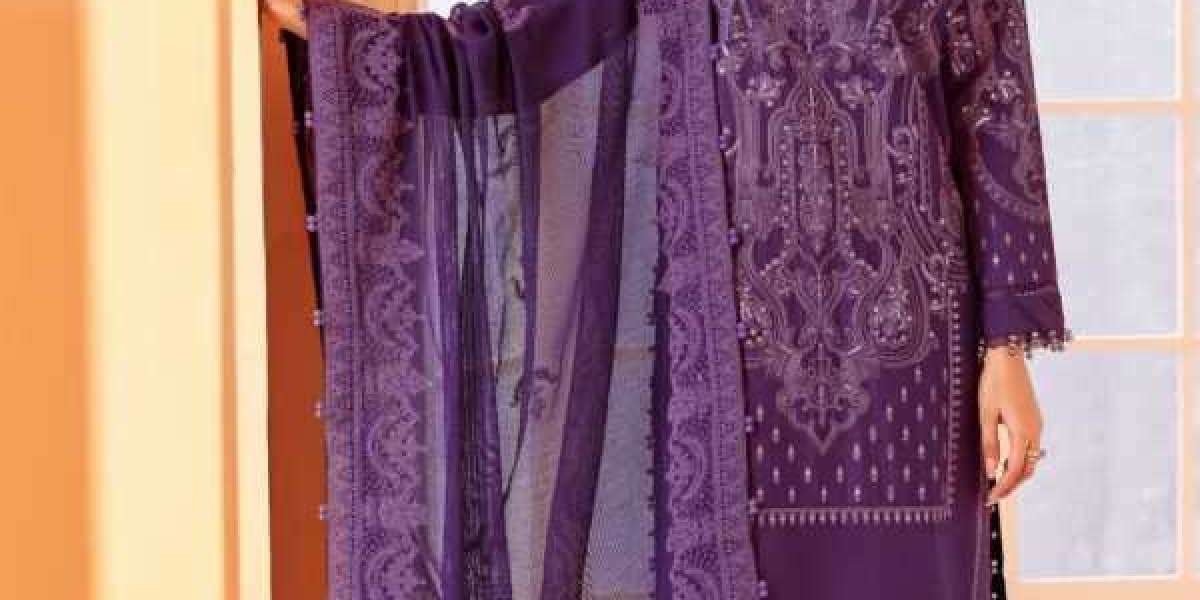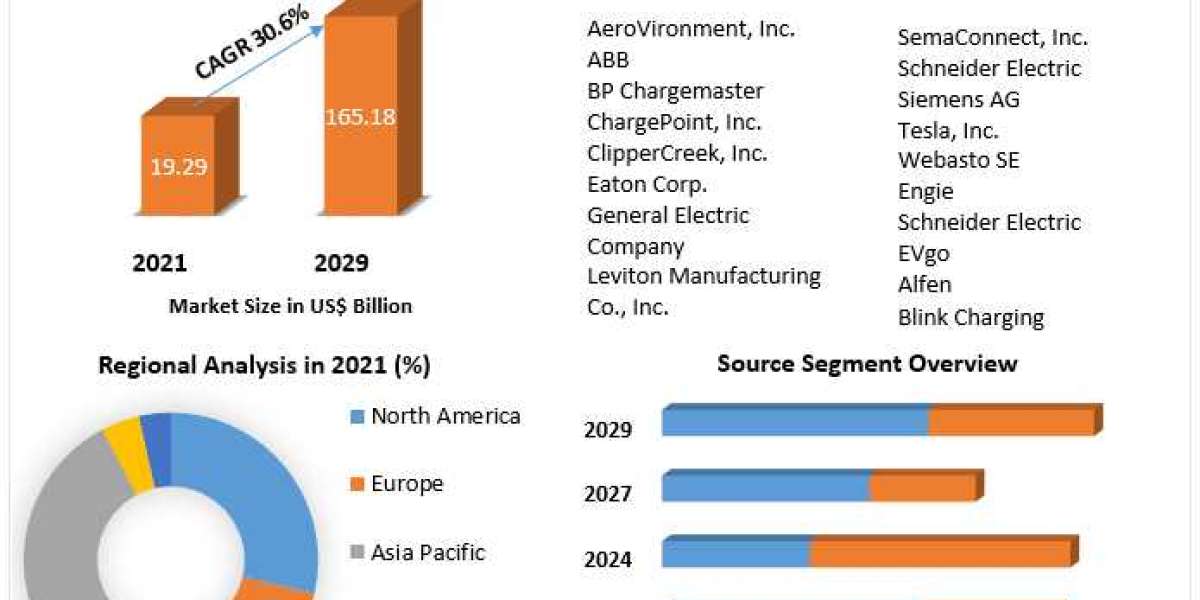Market Highlights
The Pitch-Based Carbon Fiber Industry share is expected to be USD 104,337.2 thousand in US Dollars by December of 2027. The CAGR during this period is expected to be 6.5%. The demand for carbon fibers has increased in the aerospace defense industry since the past two decades owing to their superior performance characteristics over metals. Carbon fiber exhibits high tensile strength, chemical resistance, stiffness, low thermal expansion, and low weight properties. Its lightweight yet durable property is particularly driving its demand in the aerospace defense industry.
Back in the 1900s, the aerospace industry used aluminum as a primary construction material for aircraft as it is a durable metal. However, aluminum is heavier as compared to carbon fiber, which increases the overall weight of an aircraft. Also, the weight of passengers and cargoes (luggage) also add to the overall weight of aircraft. The high weight of aircraft increases the consumption of fuel by the engine.
With the limitations associated with aluminum, the aerospace industry switched from aluminum toward carbon fiber as the primary material in the construction of aircraft, as carbon fiber exhibits excellent properties such as lightweight and durability. In 2003, Boeing Co (Chicago, US) was the first airline company to use carbon fiber, as the primary construction material for 787 commercial jetliner, which included parts such as fuselage (cockpit, cockpit windscreens, doors, passenger windows, avionics, cockpit seating, and wiring), wings, tail, and other structures. Furthermore, Airbus was the second airline company to manufacture aircraft (A350 XWB and A380) using carbon fiber composites. The use of carbon fiber composites has reduced fuel consumption and emissions, reduced the need for maintenance, tooling, and assembly costs. It also delivers an enhanced passenger experience by damping engine vibration. It is expected that over the next 20 years, nearly 9,000 new wide-bodied aircraft are due for delivery, which will be built using carbon fiber composites. Thus, the growing demand for carbon fiber in the aerospace defense industry is expected to boost the growth of the global pitch-based carbon fiber market during the forecast period.
Carbon fibers are finding increasing applications across various end-use industries due to their advantages such as stiffness, high tensile strength, lightweight, chemical resistance, high-temperature tolerance, and low thermal expansion. They are obtained by pyrolysis of an appropriate precursor fiber. Other than pitch, carbon fibers are produced by pyrolysis of polyacrylonitrile (PAN) or rayon precursors. Polyacrylonitrile (PAN) is the predominant precursor used for producing carbon fiber due to its properties such as superior strength, high stability, and higher carbon yield. About 90 % of the carbon fiber is produced from PAN and the rest is made from rayon or petroleum pitch. The growth in the adoption of PAN-based carbon fibers is further attributed to its lower cost as compared to petroleum pitch or rayon precursors. PAN-based carbon fiber is widely used in several industries such as automotive, aerospace defense, sporting goods, and construction. The demand has increased as these industries are looking for solutions that save energy, make more durable products, and are environmentally friendly. Thus, the availability of PAN-based carbon fibers at low cost and relatively similar performance characteristics is expected to be the major factor hampering the growth of the global pitch-based carbon fiber market during the forecast period.
Market Players
Market Research Future (MRFR) recognizes the following companies as the key players in the global pitch-based carbon fiber market: Hexal Corporation (US), Hyosung Corporation (South Korea), SGL Carbon (Germany), Mitsubishi Chemical Corporation (Japan), Teijin Limited (Japan), Cytec Industries, Inc (US), Toray Industries Inc (Japan), DowAksa (Georgia), OJSC «SvetlogorskKhimvolokno» (Belarus), Nippon Graphite Fiber Co., Ltd (Japan).
Segmental Analysis
According to MRFR analysis, the global pitch-based carbon fiber market has been segmented based on type, application, and region.
By type, the global pitch-based carbon fiber market has been categorized into composites and non-composites. Among these, the composites segment accounted for the largest share of over 90% by value in 2018, predominantly due to the extensive use in the aerospace, construction, automotive, and energy sector. The composites segment is expected to register a CAGR of over 6.5% during the forecast period.
On the basis of application, the global carbon fiber texture market has been classified into aerospace and defense, wind energy, sports leisure, automotive, construction, and others. The aerospace and defense segment accounted for the largest share by value in 2018 due to the high demand for pitch carbon fiber in the manufacturing aerospace and defense tools and equipment. The increasing application of pitch-based carbon fiber in automotive, energy and construction is further expected to boost the growth of the segment during the forecast period.
Regional Analysis
The regions analyzed under the scope of the global pitch-based carbon fiber market are Asia-Pacific, Europe, North America, Latin America, and the Middle East and Africa. According to MRFR analysis, Asia-Pacific was the dominant regional market with a share of over 35% in 2018 and is expected to enroll a CAGR of over 7.0% during the reviewed period. Asia-Pacific is trailed by North America, which represented the second-largest share of around 30% in 2018. The Latin American and the Middle East and African markets are likely to grow at a moderate rate during the review period, 2019–2030.
Key Findings of the Study:
- The Global Pitch-Based Carbon Fiber Market was valued at USD 76,594.2 thousand in 2018 and is expected to record a CAGR of 6.38% to reach around USD 104,337.2 thousand by the end of 2023.
- Based on type, the composite segment held the largest share of over 90% by value in 2018 and is expected to exhibit a CAGR of over 6.5% during the forecast period.
- By application, the aerospace and defense segment is estimated to be the largest segment of the global pitch-based carbon fiber market, which accounted for 51.7% value share in 2018.
- Asia-Pacific held the leading market share of 2% by value in 2018.
Decorative Laminates Market https://www.marketresearchfuture.com/reports/decorative-laminates-market-2363
High Purity Alumina Market https://www.marketresearchfuture.com/reports/high-purity-alumina-market-1951
Synthetic Lubricants Market https://www.marketresearchfuture.com/reports/synthetic-lubricant-market-2855
Anti Corrosion Coating Market https://www.marketresearchfuture.com/reports/anti-corrosion-coating-market-3020
About Market Research Future -
At Market Research Future (MRFR), we enable our customers to unravel the complexity of various industries through our Cooked Research Report (CRR), Half-Cooked Research Reports (HCRR), Raw Research Reports (3R), Continuous-Feed Research (CFR), and Market Research Consulting Edibles.
MRFR team has the supreme objective to provide the optimum quality market research and intelligence services to our clients. Our market research studies by products, services, technologies, applications, end-users, and market players for global, regional, and country-level market segments, enable our clients to see more, know more, and do more, which help to answer all their most important questions.
In order to stay updated with the technology and work process of the industry, MRFR often plans to conduct meet with the industry experts and industrial visits for its research analyst members.
Contact:
Market Research Future®
99 Hudson Street,5Th Floor
New York, New York 10013
United States of America
Phone: +1 628 258 0071(US) +44 2035 002 764(UK)
Email: [email protected]
Website: https://www.marketresearchfuture.com


